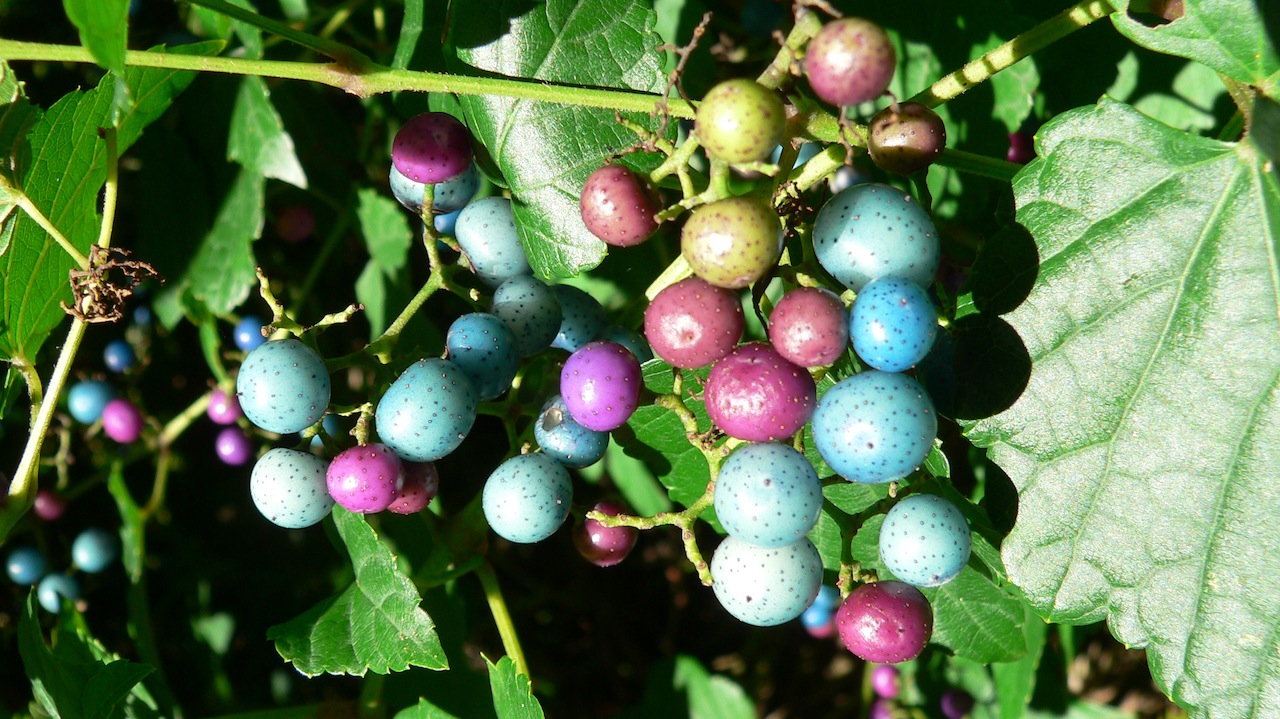Near the ANIMAL office alone, there are purpleleaf plums, honeylocust, and swamp white oak. Near my apartment, black locust, small-leaved linden, and chokecherry. All of them are edible in some way–honey locusts’ pods can be eaten, as can black locust’s flowers, and the seeds of swamp white oak can be used as a thickening agent. Honeylocust can apparently be used in beer.
How do I know? This brilliant map, which gives the location of every edible plant in the city (and over a dozen other cities), down to the street corner. Not everything is easy to eat right off the branch, however. “There’s a lot of gray area,” says Ethan Welty, one of the two people behind Falling Fruit, the organization behind map. “A lot of judgment calls to be made.”
(Photo: Lil’ Brass/Flickr)



